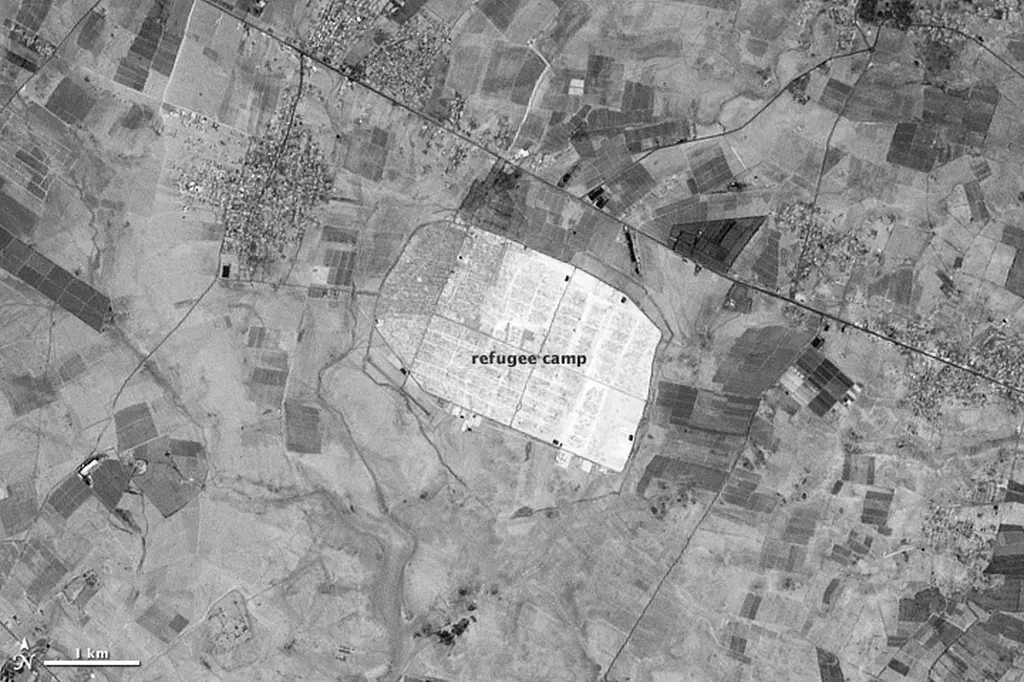In the heart of Algeria, researchers are tackling a pressing issue that resonates across the globe: groundwater vulnerability in semi-arid regions. Lakhdar Seraiche, a researcher from the VEHDD Laboratory at the University of M’sila, has led a study that could revolutionize how we assess and manage groundwater resources, particularly in areas where water is scarce and demand is high.
The study, published in *Desalination and Water Treatment* (which translates to *Treatment and Purification of Water* in English), combines advanced technologies and methodologies to create a robust framework for groundwater vulnerability assessment. The research integrates Geographic Information Systems (GIS) with the conventional DRASTIC model, which evaluates groundwater vulnerability based on factors like depth to water, net recharge, aquifer media, soil media, topography, impact of vadose zone, and hydraulic conductivity.
But what sets this study apart is its innovative use of the Analytical Hierarchy Process (AHP) and its fuzzy logic variant, Fuzzy AHP. These techniques bring a new level of precision and adaptability to the assessment process. “By incorporating land-use data and applying advanced weighting techniques, we can better capture the anthropogenic effects and adapt to challenging situations with limited data,” Seraiche explains.
The study produced four vulnerability maps: DRASTIC, DRASTIC_LU, AHP DRASTIC_LU, and Fuzzy AHP DRASTIC_LU. The results were verified using nitrate levels from 70 wells, providing a solid foundation for the findings. The research revealed that agricultural areas, especially those above the alluvial aquifer, are the most vulnerable.
One of the most compelling aspects of this study is the significant improvement in model accuracy over time. The Receiver Operating Characteristic (ROC) curve analysis showed that the area under the curve (AUC) values increased from 0.812 for the basic DRASTIC model to an impressive 0.951 for the fuzzy AHP DRASTIC_LU model. This indicates a substantial enhancement in the model’s ability to predict groundwater vulnerability accurately.
The implications of this research are far-reaching, particularly for the energy sector, which often relies heavily on groundwater for various operations. “Our GIS-based hybrid models offer a scalable and transferable method for mapping vulnerability,” Seraiche notes. “This provides local and regional water resource managers with valuable information to make informed decisions.”
The study’s findings could shape future developments in water resource management, offering a more precise and adaptable approach to assessing groundwater vulnerability. As water scarcity becomes an increasingly pressing issue, the ability to accurately predict and manage groundwater resources will be crucial for sustaining agricultural productivity, ensuring energy sector operations, and maintaining ecological balance.
In essence, Seraiche’s research not only advances our understanding of groundwater vulnerability but also provides practical tools for better water resource management. As we face the challenges of a changing climate and growing populations, such innovations will be key to securing our water future.

